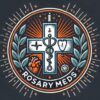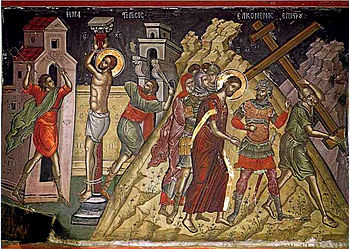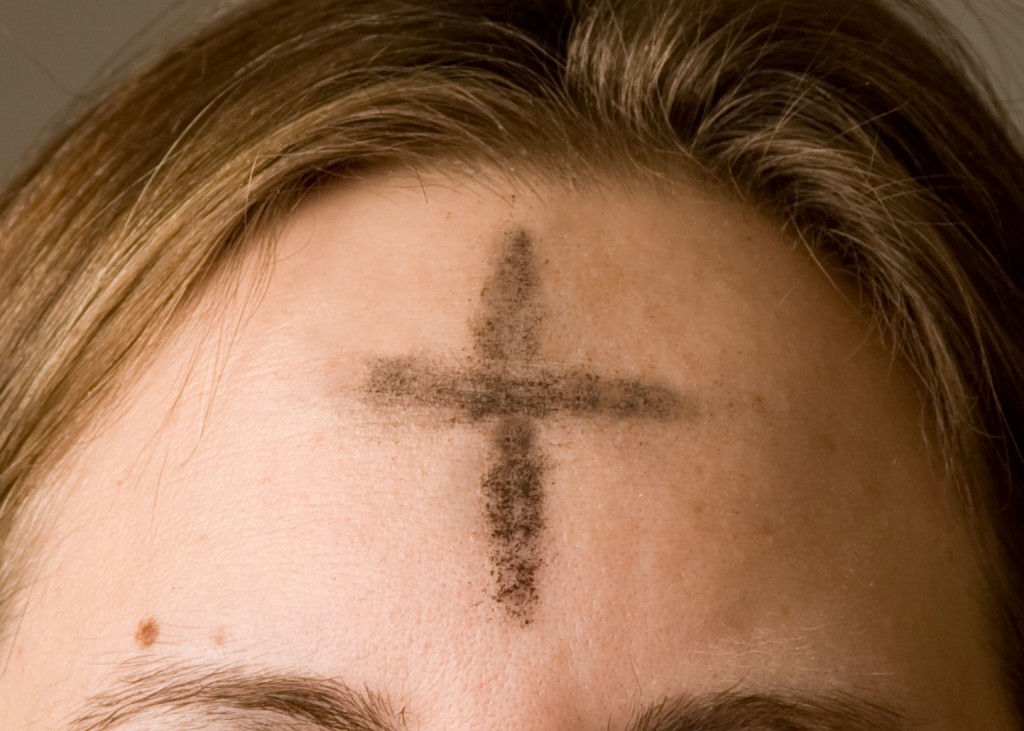Get Up and Make the Most of Lent
My wife turned to me the other day and said, “I really don’t feel like it’s Lent right now.” I replied that I felt the same way. As parents, every day of our lives feels a bit “Lentish.” We continuously sacrifice our time, money, sleep, and freedom to raise our boys the best we can. […]
Get Up and Make the Most of Lent Read More »




